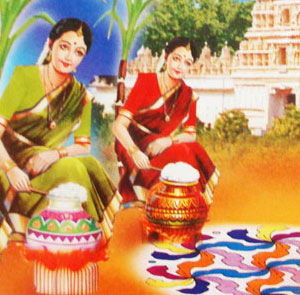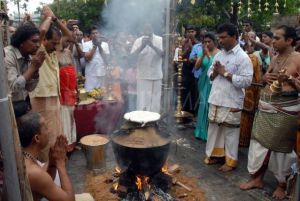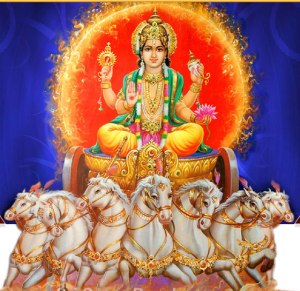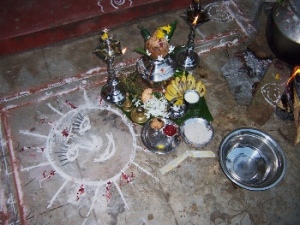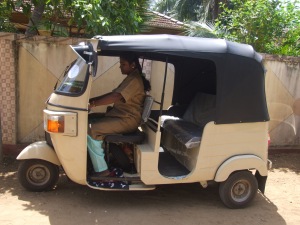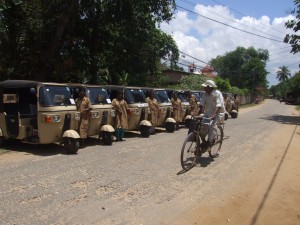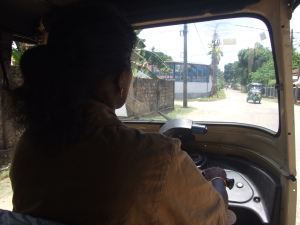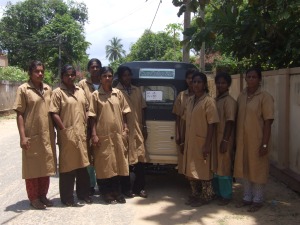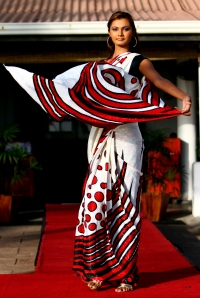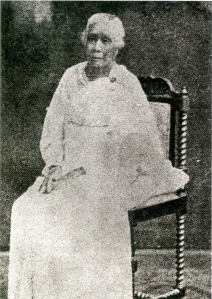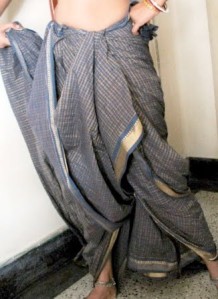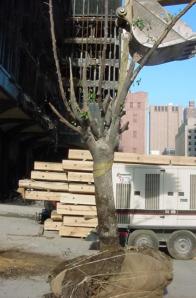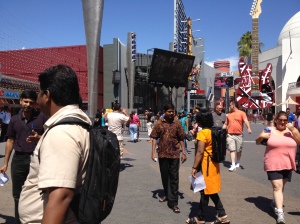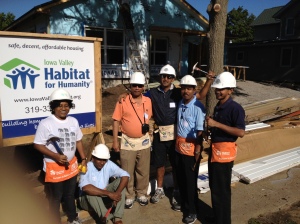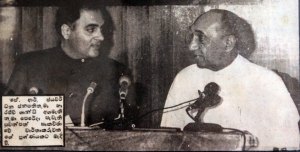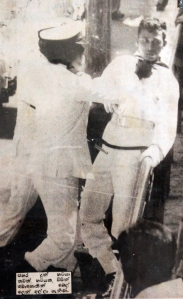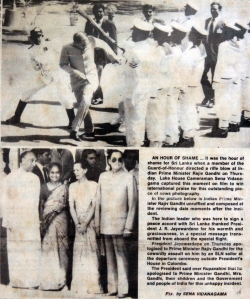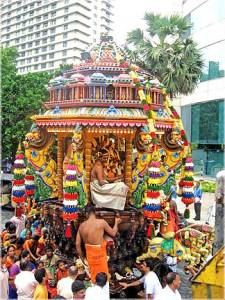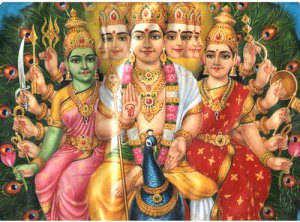A festival of harvest, thanksgiving and community cohesion
The Tamil month of Thai will be ushered in tomorrow (Monday). It marks the end of the harvesting season of rice for the Tamil farmers who will be celebrating that harvest with their famous festival of Thai Pongal.
Pongal means ‘boiling over’. To signify that they have had a bountiful harvest, the people allow the milk in which they pour the rice to boil over – as a pot bubbling over with its fare is a sign of abundance.
It is a time of rest and relaxation for the agrarian community after the stresses of planting, tending and harvesting their crops. If we remember that we were all once an agrarian community (as we still mostly are), why this festival is so important to the whole community of Tamils becomes clearer.
In the days before globalization, imported products and refrigerators, communities depended on their own agricultural produce for survival. That produce was at the mercy of the elements – the sun, the rain, the soil, and the pests.
It is no wonder that they began to pray to those elements. Thai Pongal is primarily homage of the Tamils to Surya, the Sun god, but they do not forget the Rain god Indra or even their cattle, whom they have deified. The festival in its full aspect is celebrated over four days, with a day each being dedicated to Indra, Surya and the farm animals. The last day of the month of Margali, preceding the month of Thai is known as Bhogi Pongal. It honours the god of rain, Indra whose good-will is essential to the farmer to avoid either a deluge or a drought.
The next day, the first day of Thai, is Thai Pongal – so on Bhogi Pongal day, people get ready for a new beginning by sprucing up their houses and yards and making a bonfire of the refuse collected. They symbolically offer all their past resentments, unhappiness and angers of the last year into the fire as well. The next day is to be a joyous one where the first grains of their staple crop of rice successfully harvested will be offered in thanksgiving to the Sun deity.
Agro evolution
According to Dr. P.B Dharmasena, an agricultural scientist, there are three dimensions to the way agriculture has evolved in Sri Lanka: the bio-physical , the socio-cultural and the cosmo-spiritual.
“The bio-physical dimension is the most basic one, the practice of sowing and reaping that is practised all over the world,” says Dr. Dharmasena. “It is the socio-cultural and cosmo-spiritual dimensions that are specific to different communities. The different cultural practices they have such as singing certain songs as they are sowing and the different methods they have of inter-community bonding falls under the socio-cultural practices, while their pleas to forces more powerful than themselves to safe-guard their crops comes under the cosmo-spiritual dimension.”
In that respect, one could say that Thai pongal straddles both the socio-cultural as well as the cosmo-spiritual traditions of the agrarian Tamils.
It is a festival of thanksgiving to the deities who govern their crops but it is also a festival of community bonding and merry-making. People get up well before dawn on Thai Pongal day because they have to have the pongal ready and boiling as the Sun deity is rising.
In the early morning hours, they purify themselves with a bath, wear new clothes and in their courtyards, set out the items for the pongal. A large rectangular ‘kolam’ (traditional courtyard decoration using rice flour) is drawn and bananas, other savouries already prepared, milk and various other auspicious items are set up.
One such auspicious item is cow dung. When patted into a certain form, it is said to represent Lord Ganesh and is worshipped as such. According to Indian environmental activist Vandana Shiva, it is not surprising that the Hindus started worshipping the manure as it is essential for the renewal of soil fertility and thus the sustainability of their civilization. To complete this symbolic depiction of Ganesh, the Tamil people also stick in some Arugam Pullu (bermuda grass), which is said to be dear to Lord Ganesh as it once cured him of indigestion. The grass is known to have medicinal value, which is perhaps why it attained an exalted status but given that it is a pest to farmers and has no value for them whatsoever, even as fodder or organic manure, that they include it as something worthy of veneration is rather surprising. The metaphysical explanation given by the Hindus for this is that even a pest has its place in the universe and is thus dear to the Lord.
Within the Kolam, a new clay pot is set atop a brick hearth, made with three new bricks. Even in these days of gas cookers and rice cookers, people as much as possible try to adhere to the tradition of a brick hearth lighted with firewood. As sunrise begins, the cow’s milk is poured in and set to boil. There is jubilation when it boils over in its symbolic prosperity. People shout ‘Pongalo pongal’ as this happens, to mark their elation.
Next, the rice that has been set aside for the Sun from the very first grains harvested is poured in prayerfully, first by the head of the family and then by the rest of the family. This is not a simple cooking expedition, the spirit of thanksgiving is paramount and so the rice is not just dumped or scooped in. It is reverentially poured in. This milk-rice preparation is further garnished and sweetened with jaggery (which gives it its brown colour), raisins and cashew nuts.
When it is ready, it is scooped onto banana leaves (which were traditionally used as plates and still is), and with the other fruits and savoury items added, offered to the Sun god, who would by now be near his zenith.
According to Bahirathy Jeeweshwara Rasanen, senior lecturer and Head of the Department of Sociology, Jaffna University, the festival of Thai Pongal epitomizes the universal value of thanksgiving, to those who produce food as well as those who assist in it. “As a landmark cultural festival of the Tamils, it upholds the cultural identity of a community, which is in a constant state of flux in this age of globalization. It also serves a purpose in rejuvenating as well as maintaining their cultural identity through several generations. And though primarily a celebration of farmers’ harvests, the fact that all other members of the community celebrate it too, irrespective of class or caste, serve to promote intra-cultural cohesion.
“As a celebration it brings together family and friends in a spirit of thanksgiving and happiness, thus uniting the community psychologically,” says Jeeweshwara Rasanen.
Pot-loads of pongal at every household means there is a superabundance of the sweet milk dish on that day, which keeps making the rounds from house to house. The next day is ‘mattu pongal’ (cattle pongal), in which the cattle who worked alongside the farmers are honoured. The cattle are bathed, garlanded and worshipped. They are also given the first offerings of the pongal and fruits, prepared for that day.
The last day of the festival is ‘Kaanum pongal.’ ‘Kaanum’ means ‘seeing’ and is thus the day people make a special effort to see friends and relatives by visiting them.
All four days are generally celebrated by the Tamils of South India, although in Sri Lanka it is only Thai pongal that is the most important. People who own cattle celebrate the ‘mattu pongal’ too, but ‘bhogi pongal’ and ‘kaanum pongal’ is not so important an element of the festival here.
‘Thai pongal’ however, is universally celebrated by Tamils everywhere, whichever part of the globalised village they might now find themselves in.
(Pictures sourced from the internet)
